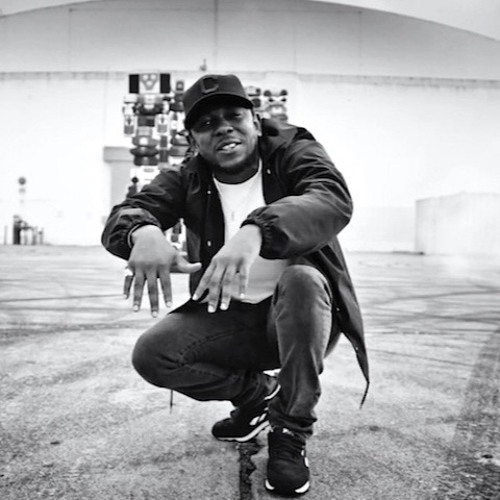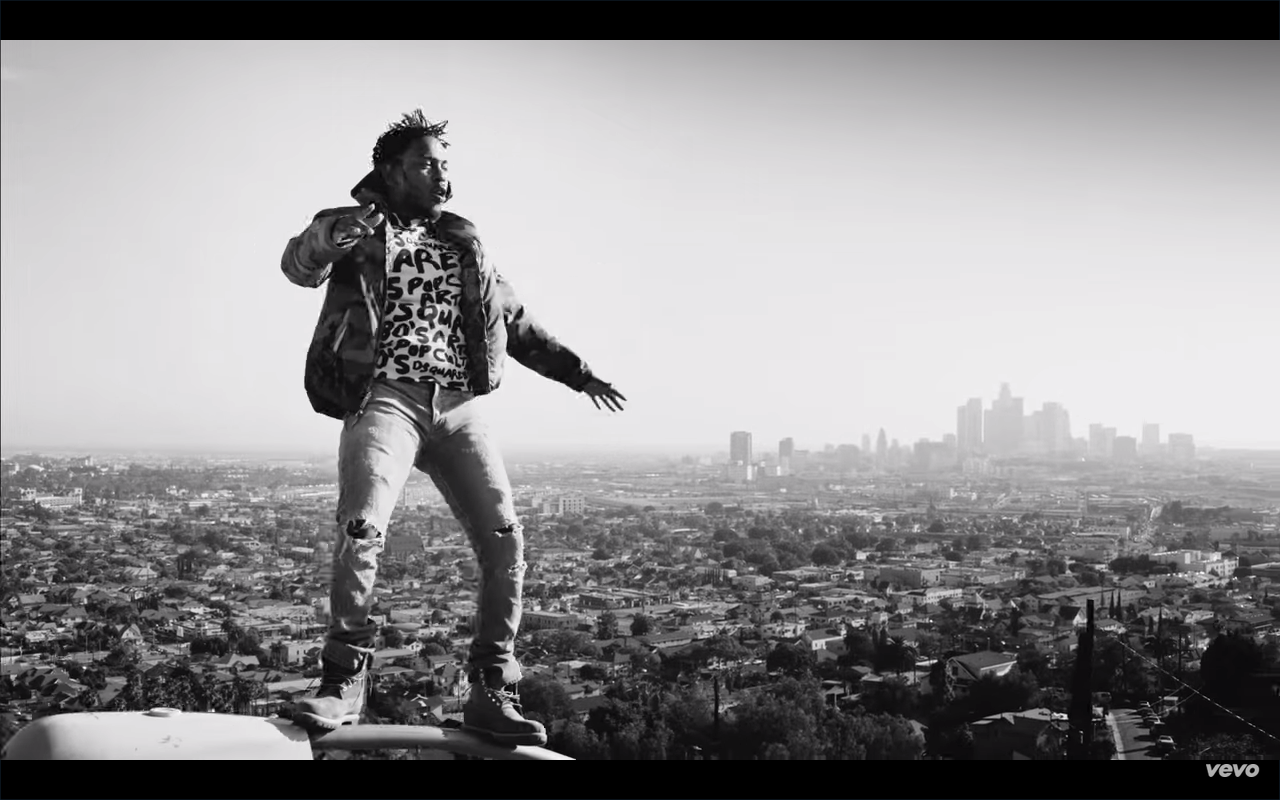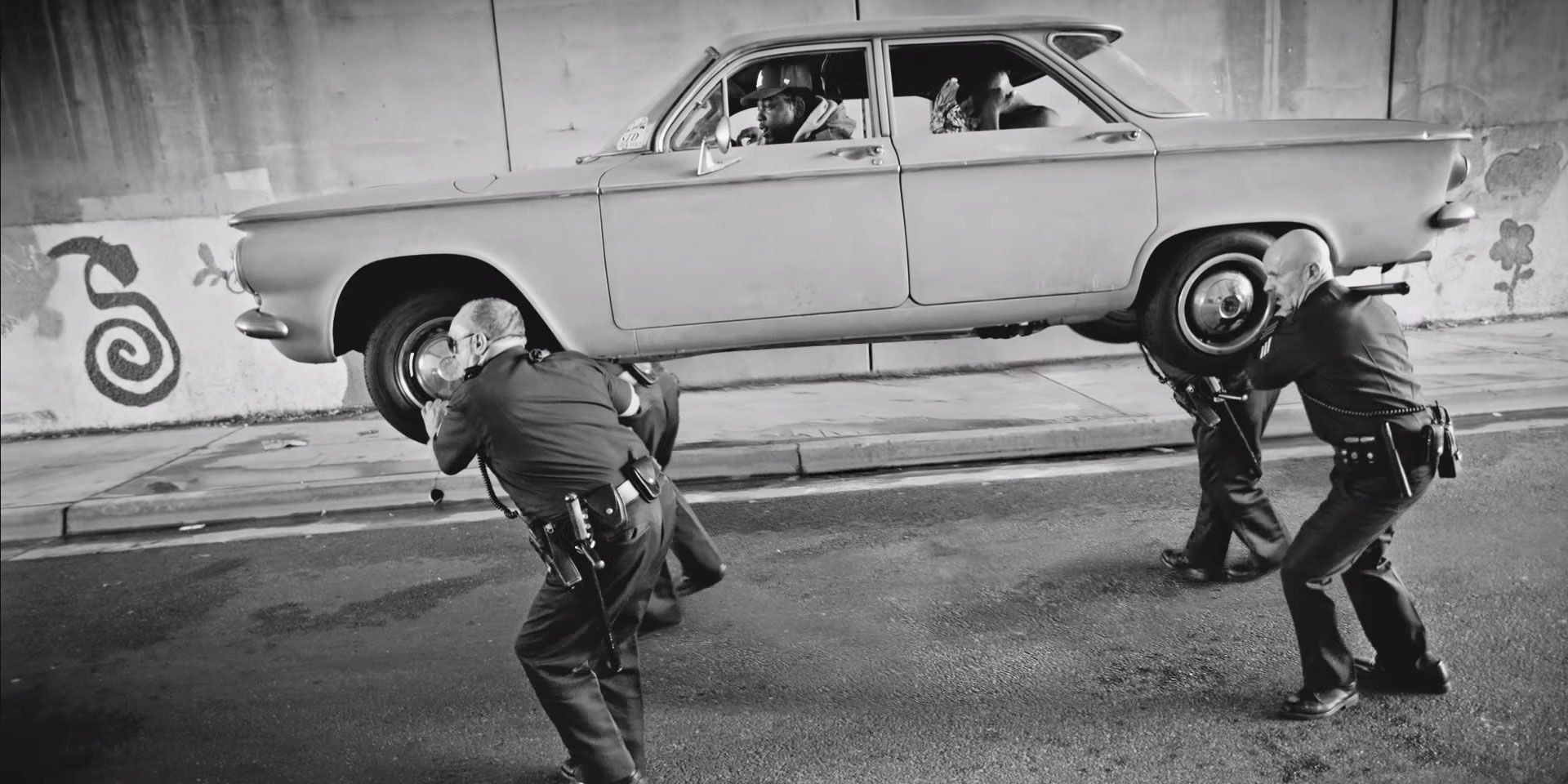

The Negro church, whether Christian or “heathen” has always been a “church of emotion.”.

This established Music as the medium used to create an emotional connection and release with God. In examining the role of religion and music in combating traumas impacting the mental health of Black people in America, Black music scholar Amiri Baraka explains that slaves believed that their healing would come from God and that God was the source of their freedom. In some cases, Black people have relied on religion, faith, and prayer to deal with issues of mental health, while drug and alcohol use and other kinds of negative behaviors represent the negative paths toward self-medication. The acceptance of struggle as a part of the Black experience has caused Black people to keep their issues to either themselves and/or their family, and to self-medicate themselves with both positive and negative results. Suffering through ‘the blues’ is seen as an expected rite of passage for most Black Americans” (2000:26). According to Poussaint and Alexander, “many Black Americans view suicide as a sinful and cowardly response to the pressures of living. In response to this prejudiced treatment, Blacks have had to develop a stoicism and internal strength as a means to counteract the external biases they have been subjected to.

According to the collaborative work Lay My Burden Down by Harvard professor of psychiatry Alvin Poussaint and journalist Amy Alexander on suicide among Black males, Black people have historically been the subject of discrimination and experimentation by healthcare institutions.

Mental health has been, and continues to be, a complicated issue in the Black community due to the legacy of slavery. Lastly, I will connect the album, with its analysis of the blues tradition, to the Black Lives Matter movement. Third, I break the album TPAB down thematically along three themes that connect to the blues tradition: “To Pimp” (major lyrical statements and themes about systemic racism), “The Cocoon” (major lyrical statements, themes and content that relate to the blues tradition), and “The Butterfly” (major lyrical statements and themes that deal with knowing and empowering oneself to be proud and authentic). Second, I present the role of music in combating and managing mental health both during and after slavery as part of the Black public sphere. In order to understand the connection between Kendrick Lamar’s album and the blues tradition, I first define what mental health is and what it means to Black people historically. In this paper, I argue that the blues tradition is the primary entity that catered to Black people’s mental health and ability to survive the oppression that they faced in post-slavery America. In a country that exploits, ostracizes, and oppresses people of color through systemic racism, Kendrick Lamar’s lyrical expression of personal heroic tragedy is an inspiration to process self-love while combating larger racial issues in order to truly belong in America. According to the blues tradition, the personal testimony of heroic tragedy is used to find a sense of belonging or, as noted Black novelist Ralph Ellison explained, it is “an autobiographical chronicle of personal catastrophe expressed lyrically” (Ellison 1992 :62). In keeping with the Black Lives Matter movement, the album strives to combat issues plaguing the mental health of people of color, specifically Black men, regarding the cycle of gang violence and the power of self-actualization as exhibited in the rural and classic blues era. Winner of the 2017 Lise Waxer NECSEM Prizeĭuring the era of the Black Lives Matter movement, which strives to combat and expose the structural and personal oppressions of racism that impact the mental health of people of color, Kendrick Lamar released his message of self-love in his 2015 album, To Pimp A Butterfly (henceforth T P AB ).


 0 kommentar(er)
0 kommentar(er)
